Main Menu
Lowering My Blood Pressure by Returning to a Plant-Based Diet

Kuwanna has a PhD in geology and is a UESCA-certified Ultra Run Coach. She is married with two daughters and feels that running all the miles is a great panacea for helping navigate those teenage years. Kuwanna has a love for tough, vertical trail marathons and ultras, with several Beast Coast races under her belt, including Virgil Crest, Cayuga Trails, Hyner View Trail Challenge, and Breakneck Point Trail Runs. Having now completed several 50Ks, 50-milers, and a 100K, she’s eyeing her first 100-miler. When Kuwanna’s not running on the trails, she’s writing about it. She is co-editor/writer at the Trails Collective and has created content for the Patagonia Trail Running IG. She also serves on the Finger Lakes Runner’s Club Communications Team. Instagram handle is @dyerpietras.
Share This Article!
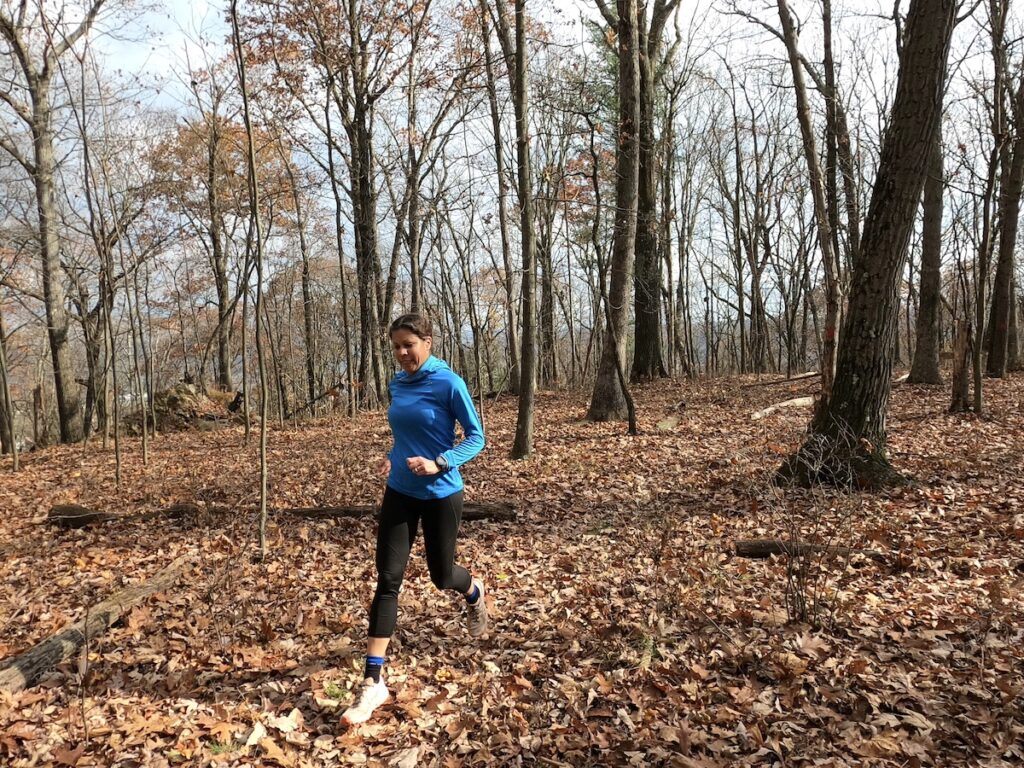
I really should have been paying more attention. I should have taken my increasing blood pressure readings more seriously. But after a year of blood pressure values slowly creeping up, at my annual GYN exam in October 2023, I was finally asked the question: “Are you on blood pressure medication?” I was stunned. That morning, my first reading was 160/90. The second reading wasn’t much better. Though initially I wished she hadn’t, the nurse decided she would report the larger value. Perhaps I was in denial. But regardless of which value landed in my medical records, both firmly planted me in the category of Hypertension Stage II.
After decades of blood pressure readings in the 110s/60s-70s, I was now facing the same fate as my late mother, who suffered from high blood pressure and even had a stroke. And if I’m being honest with myself, I’ve reached the age where many Americans receive a hypertension diagnosis and begin a regimen of blood pressure pills that will likely continue for the rest of their lives. But I don’t want to take blood pressure medication. I don’t have a history of familial hypercholesterolemia. I have always believed that it comes down to the food I place into my mouth and I recalled what had kept my values low in the past. Before I left the doctor’s office that morning, I knew my way forward.
I am sharing my story to offer a tool which other Trail Sisters may also use to lower their blood pressure, as an alternative to medication. More than anything, I am sharing my story to offer hope. But I am not one to preach and there is no judgment in this space. Just know that, in many instances, medication isn’t your only option.
First, a Few Definitions
Vegetarian:
- consumes no meats, fowl, or seafood; does consume eggs and/or dairy products
Vegan:
- consumes no meats, fowl, seafood, eggs, or dairy products
- some strict vegans also avoid animal byproducts such as yeast, leather, fur, and goose down
- some “vegan” diets may be overly processed and unhealthy (oreos, chips, and soda are all vegan, but none are healthy)
Whole Food, Plant-Based (WFPB):
- similar to vegan, but with a greater emphasis on whole fruits, vegetables, legumes, grains, and nuts
- this is a lifestyle centered around unprocessed plant foods
- many following a WFPB lifestyle also abstain from consuming or cooking with oil
- many also avoid plant products high in saturated fats, such as palm and coconut
Standard American Diet (SAD):
- all foods are consumed, barring any food intolerances
- includes meats, fowl, seafood, eggs, dairy products, animal byproducts, fruits, and vegetables
- some include heavily processed foods or fast foods
- others include mostly whole, unprocessed foods
Becoming Vegetarian for the Animals
I first became a vegetarian in high school, and my parents were immediately convinced I might starve. “What do you mean, you won’t eat meat? What are you going to eat?” This was during the early 1990s, when PETA’s work first began to gain more traction, and more of the mainstream was becoming aware of their efforts. Not really knowing how to navigate my new path, I relied heavily on PETA’s newsletters for support (this was before the internet), while at home I simply offered to minimize any inconvenience by “eating everything but the meat.” All potatoes and vegetables had gravies and cream bases, and ice cream was still a staple for me, as was cheese. But I believed in myself and what I was doing, and it was a small but significant step for me.
Becoming Vegan for the Animals
Several years later, while in college, I made the decision to eliminate dairy and also eggs, though I was never a huge fan of the latter. But cheese and ice cream were a different story, and the plant-based substitutes found at the grocery store in those days were rough. But I persevered, and that is when I began to feel healthy and lean for the first time in my life, both physically and mentally. By giving up all animal products, I stopped getting sinus infections, I lost weight, my skin looked clearer, and my whole body felt better. I slept better. I had started to learn the role that the dairy industry plays in veal production, and I had come to recognize how my consumption of cheese and ice cream supported the veal market. In a similar vein, the egg industry supports the poultry industry. Unfortunately, several years later I would begin to feel as though I should blend in more with mainstream society, rather than continue to stand out. I began to feel as though I was inconveniencing those around me. Eventually, I made the decision to give it all up and transition back to the Standard American Diet (SAD). Another brief sojourn as a vegan during my first semester in graduate school was also cut short because I was afraid to inconvenience my then new boyfriend (now husband). Though he was supportive, I had again become weary from being a trailblazer and only wanted to blend in and be “normal” like everyone else around me. That meant eating ALL the cheese curds (because you betcha we were in Wisconsin). Though, unbeknownst to me at the time, my years of trailblazing were far from over, and according to Laurel Thatcher Ulrich, “Well behaved women seldom make history.”
Returning to Veganism as a Preventative Measure
A decade later my boyfriend was my husband and we were living in Canada. I was eight months pregnant with our second child when my father passed away from lung cancer. His death from lifestyle-related illnesses (cancer, diabetes, COPD) would light a fire in me. I became painfully aware of how poor his dietary and lifestyle choices had been, for many years, and how they had culminated in these illnesses. Around the same time I found myself watching a then-new documentary called Forks Over Knives, as well as the Got Milk?documentary. And I was absolutely floored by what I learned. I had known for years that a plant-based diet can minimize the risk of cardiovascular disease, but never understood the link between diet and health as deeply as I suddenly did then. Literally overnight, I was moved to return to a vegan diet, and I would remain a vegan through the delivery of my daughter, as well as during her first few years of life. During that time, I lost the baby weight, my skin cleared, my body felt healthy, and my blood pressure and cholesterol numbers were low. But ultimately, I once again began feeling weary of inconveniencing my family, and so I gradually transitioned back to the SAD.
So How Did I Even Get High Blood Pressure?
Like the majority of Americans, I had continued to consume the SAD as both my children came of age and for the past decade, I was consuming beef, fowl, pork, and some seafood. But I wasn’t consuming dairy, eggs, or fast food, and in my mind, I was still avoiding the foods that most contribute to heart disease. Yet my consumption of processed foods continued to increase, from non-dairy gluten-free frozen pizzas (these are high in saturated fat from coconut and palm oils, and are also high in sodium), to gluten-free chicken nuggets (contain cholesterol and are high in saturated fat and sodium). On some days, lunch might only consist of cold leftover chicken breast and tortilla chips. As I transitioned into ultrarunning a few years back, I became primarily concerned with consuming enough calories, especially during my racing season, and on days when I ran long, time to prepare lunch was much more limited. In my mind, as long as I was eating some fruits and vegetables, my calories could come from many sources and I would still stay healthy in all ways in the long term.
But as it turns out, that’s not enough. And being physically fit does not guarantee a healthy cardiovascular system. I have run as far as 65 miles and I believe that I am pretty fit. And my heart muscle is strong. But all that fitness does not preclude me from having a heart attack if the blood vessels leading to that strong heart are blocked from atherosclerosis. And the same applies to my risk of stroke, which impacts the brain tissue.
What I had failed to realize was how the way I had been eating had slowly begun to clog my blood vessels, even without the eggs, dairy, or fast food. The foods I consumed were still high in saturated fat, cholesterol, and sodium. Ironically, I was already aware of the high saturated fat content of palm and coconut products. And I already knew the healthiest foods aren’t found in the middle aisles of the grocery stores, regardless of how organic and gluten-free they may be. And I already knew the benefits of a plant-based diet, and how it had benefited me in the past. So what happened?
It was time to reconsider what I had been eating, as well as my tendency to feel like an inconvenience to those around me. It turns out that our bodies make all the cholesterol they need, and all excess cholesterol is sourced from outside the body from animal foods. Saturated fats can be found in both animal and plant foods, and I would need to eliminate all food sources high in saturated fat. To be honest, my total cholesterol of 160 last November, though considered safe by Western standards, really isn’t as safe as we’re told. Not all heart attacks occur in individuals with total cholesterol values exceeding 200. And I once had a total cholesterol of 114, so I knew I could achieve those kinds of low values. I did not want to begin taking medications to lower high blood pressure or cholesterol when I knew I was capable of doing that myself.
Returning to a Whole Foods Plant-Based Diet for My Health
After leaving the doctor’s office, I knew my way forward. I am now 47 years old and, as I rewatched Forks Over Knives, Got Milk? Documentary, adding Cowspiracy, and several other more recent documentaries, I realized that the first time I watched Forks Over Knives a decade ago, I had listened from the comfort of still being in my 30s, watching Lee Fulkerson who was in his late 40s at the time, as he adopted a WFPB diet to successfully lower his numbers. And I suddenly realized that Lee was now me. Unlike the previous time that I had adopted a plant-based diet, I would not be adopting preventative measures to stay healthy, but rather restorative efforts to return myself to good health. And unlike the previous times, I would no longer allow myself to feel as though I was inconveniencing anyone. I couldn’t allow myself to feel that way anymore. I always travel with food and arrive ready to prepare my own meals, so it was finally time to get out of my own head. And stay out.
Progression of High Blood Pressure
According to the American Heart Association, blood pressure readings are given as two values: a systolic value over a diastolic value.
- Systolic blood pressure (top value): represents how much pressure your blood is exerting against your artery walls as the heart contracts
- Diastolic blood pressure (bottom value): represents how much pressure your blood is exerting against your artery walls while the heart is at rest between contractions
Systolic blood pressure is viewed as the major risk factor for cardiovascular disease for people over 50, though a diagnosis of hypertension can be made based on either value. A diet high in cholesterol and fats is a major contributor to a high systolic value. Diets high in sodium are major contributors to a high systolic value.
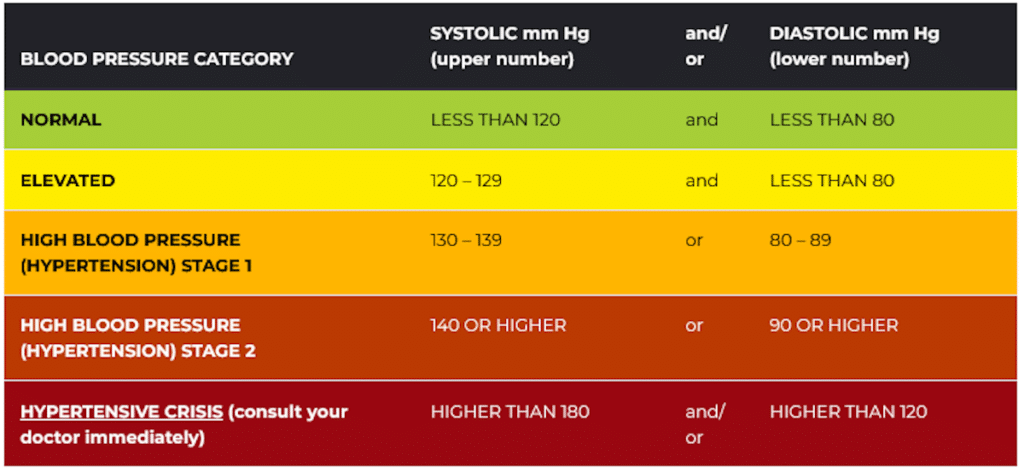
In the spreadsheets below, you’ll find my blood pressure and cholesterol data from the past few weeks and years, from graduate school, and from the first time I followed a WFPB diet. Blood pressure history has been color-coded to match the table from the American Heart Association. I want to be transparent about my own numbers, so I can show how effectively my approach is working. When I was in college and graduate school, my blood pressure readings were routinely in the 110s/60s. And while I no longer have records of my blood pressure, when I first followed a WFPB diet 12 years ago, my total cholesterol dropped to 114. For the past several weeks, my blood pressure numbers have been recorded by a home blood pressure monitor, gifted to me for Christmas by my husband. My general practitioner informed me that home monitors are much more accurate than the machines at the doctor’s office, and so I have continued to use my monitor at home to track my blood pressure, denoted by an asterisk (*).
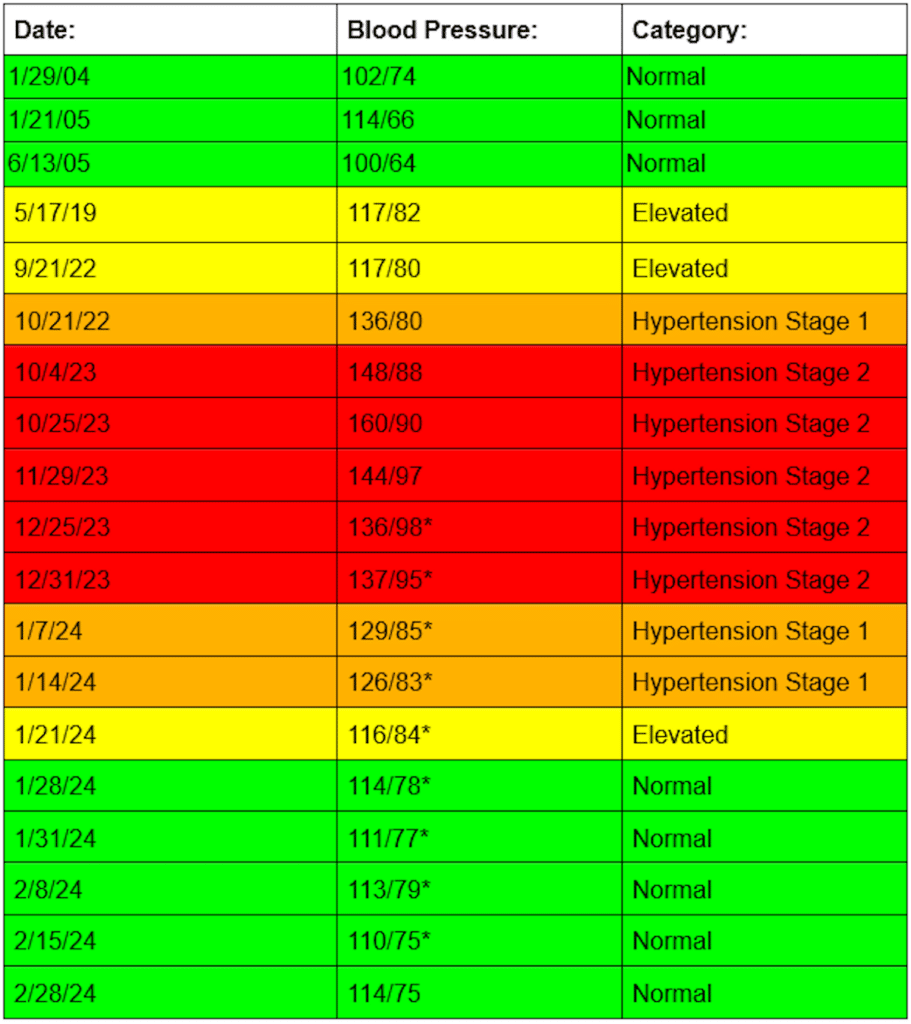
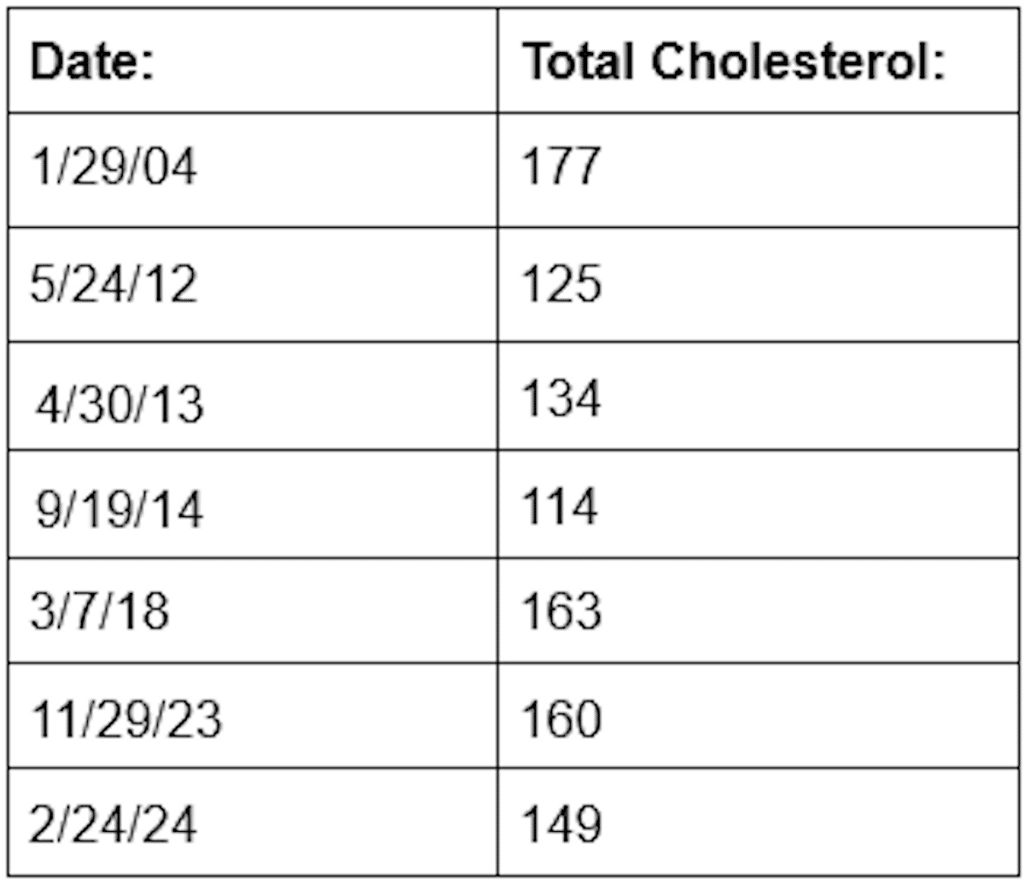
Return to a Vegan Diet
After my GYN exam, I returned to a vegan diet. That same day. I eliminated all beef, pork, fowl, and seafood from my meals. And after the first month, when I returned for an appointment with my new general practitioner, my systolic readings had lowered some, while my diastolic readings had increased! I knew that by avoiding meat, dairy, and eggs, I had eliminated the majority of the saturated fat that was going into my body. But there were foods high in saturated fat that I had continued to consume, which are offered as animal-free alternatives but aren’t necessarily better for your cardiovascular health, including coconut and palm products. Saturated fat is saturated fat, regardless of whether it comes from chicken wings, eggs benedict, baked Brie, or a veggie coconut curry. And if you are working to eliminate saturated fat from your meals to help your blood vessels clear the accumulating plaque, you have to take all these foods into consideration. So I decided to take it one step further.
Return to a Whole Foods Plant-Based Lifestyle
I removed all coconut and palm products from my diet. But admittedly, at first I was skeptical about eliminating all oil from my cooking. In fact, I’ve always been a bit skeptical about it. But after reading more testimonials, I made the decision to eliminate all oil from my eating, teaching myself how to saute with water, and in doing so I realized that oil isn’t actually necessary to saute or bake cookies and muffins. I also stopped consuming all dark chocolate because it turns out that cacao also contains saturated fat, though I plan to reintroduce dark chocolate later this year. I stopped consuming peanut butter and avocados for about two weeks, but then reintroduced those nutrient-dense calories because a regular running program without them was leaving me hungry. Also, worth noting is that I use Once Again peanut butter, which has no added oil. Another peanut butter with no added oil is Wegmans Organic Crunchy peanut butter. You don’t need added oils in foods such as peanut butter or hummus (Wegmans organic hummus is excellent). Another adjustment I made was switching to decaffeinated coffee. A study shared by Dr. Caldwell Esselstyn suggests that the amount of caffeine in coffee may slow nitric oxide production and, in the process, lower your blood vessels’ ability to expand with the passage of blood (tea is fine). Nitric oxide is a vasodilator and relaxes the muscles of the blood vessels. Because I wanted to tackle the issue from all angles, the goal became to clear out my blood vessels and eliminate potential vasoconstrictors. In the process, I learned that I can actually thrive without morning caffeine, simply by fueling myself better throughout the day. But I still happily indulge myself in my daily decaf, and there are many individuals following a WFPB diet that continue to thrive with their daily cup (or more!) of caffeinated joe.
Eliminating Sodium
Over the weeks that followed, I became ecstatic about my decreasing systolic blood pressure values, but my diastolic values seemed to want to hang out in the 80s. Because a major contributor to high diastolic values is consuming too much sodium, in late January, I decided to eliminate close to 90% of my sodium from my cooking. And as is shown by the progression of the values, my diastolic readings began to lower in response to this change. Understandably, you may wonder if my food has any flavor anymore! But once we remove all that extra sodium from our food, we can learn what individual foods actually taste like. I still sprinkle some salt into my guacamole, but sauteed broccoli now tastes like broccoli. And as it turns out, it’s pretty good.
The Benefits I Experienced
In addition to lowering my blood pressure numbers and my cholesterol, I have experienced numerous other benefits since switching to a vegan and then a WFPB diet:
- I immediately recovered from heartburn – since the first night, I haven’t needed to take antacids before going to bed. It simply went away, regardless of how much spaghetti sauce I eat at dinner or if I have a cafe latte with it.
- My energy skyrocketed. I realized I actually don’t need caffeine.
- My body felt really good. All functions began functioning properly again (I’ll leave it at that) and I felt really good and healthy in my own skin.
- I now sleep like a rock.
- My VO2 max has increased by two values. I can feel it during my runs. And it makes sense if we consider that, by changing our eating habits, ALL blood vessels – including those feeding the muscles – will be able to carry more blood (i.e. oxygen) – not just the blood vessels going to our heart and brain. Note that this also has implications for any Trail Brothers suffering from ED.
- My skin is much clearer.
But what about traditions and traditional foods?
Over many years of exploring veganism, WFPD, and the SAD, I have learned the depth to which foods have become woven into our individual histories, customs, and family traditions. In many ways, the foods we traditionally have eaten define who we are, help us celebrate successes and holidays, grieve losses, and are shared between friends, sometimes becoming an integral part of these friendships. To the Trail Sister reading this who hesitates to part with a favorite dish for all these reasons, I see you. Ours is a household of food allergies and intolerances, with two meat eaters and two vegans, and we have been successful at replicating just about anything we like to eat, to accommodate some or all of our family members. My recommendation is to continue preparing these traditional and favorite dishes, but start substituting ingredients with plant-based alternatives. Have fun experimenting and like me, maybe rediscover a love of cooking and preparing dishes in the kitchen. And when you are first starting out, feel free to include all alternatives, even coconut and palm-based ones. For those of us not experiencing a hypertensive crisis, the goal is to first adapt our taste buds and our habits, and our transition to fully WFPB need not happen overnight. Remember, I started my journey three decades ago as a vegetarian. For example, my husband makes great vegan “wings” by air frying cauliflower, using both olive oil and salt. He has also made tofu parmigiana, with breaded tofu slices baked in the oven covered by melted vegan cheese, then placed over a plate of spaghetti. And I can still prepare a taco night, morning pancakes, roasted potatoes, a vegetable stir fry, and my favorite peanut butter cookies.
The Way Forward
Just the other night, my oldest daughter asked me if I was going to stay vegan forever, to which I answered yes. I explained that any gains from changing my lifestyle would quickly be reversed if I went back to consuming the same foods I did before. But looking back now, I realize I had missed eating this way. I knew how much it had benefited me. Still, I had remained convinced that it was no longer in reach, given my inability to consume gluten and concern about inconveniencing my family. But I now know that I have a choice: return to my old ways and prepare for a future on medication, or just eat plants.
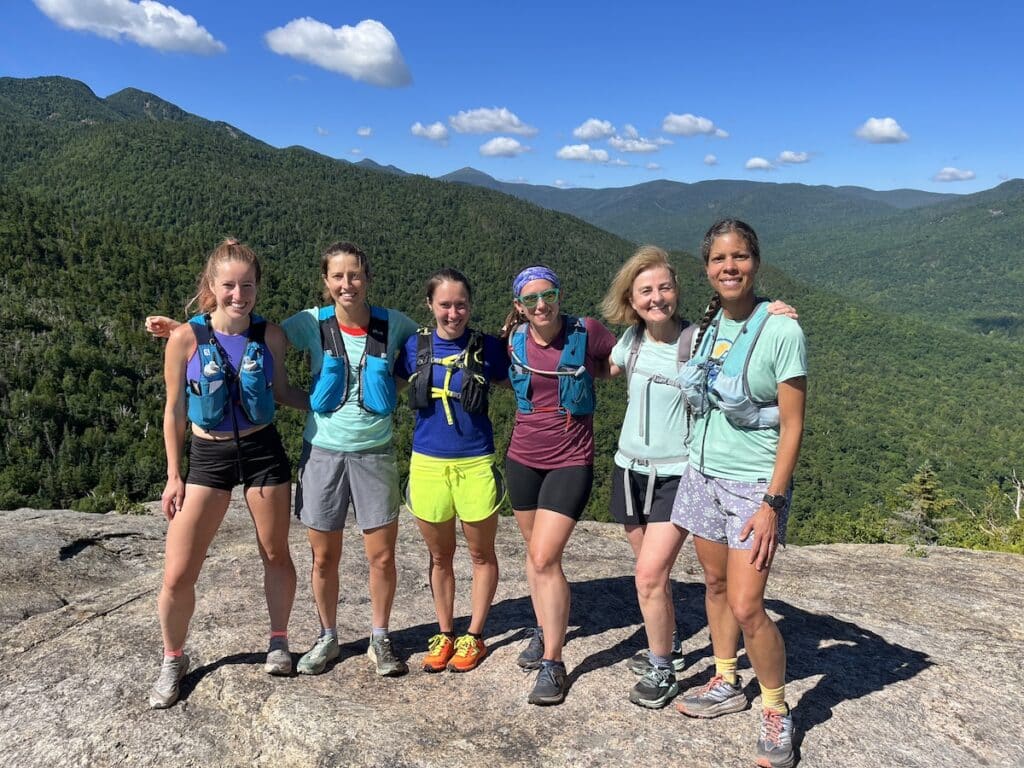
References:
Campbell II, T. M. (2004). The China study: the most comprehensive study of nutrition ever conducted and the startling implications for diet, weight loss and long-term health. BenBella Books, Inc.
Esselstyn Jr, C. B. (2007). Prevent and reverse heart disease: The revolutionary, scientifically proven, nutrition-based cure. Penguin.
American Heart Association
https://www.heart.org/en/health-topics/high-blood-pressure/understanding-blood-pressure-readings
Harvard Health Publishing
https://www.health.harvard.edu/staying-healthy/the-truth-about-fats-bad-and-good
Libre Texts Medicine
About the Author

Kuwanna has a PhD in geology and is a UESCA-certified Ultra Run Coach. She is married with two daughters and feels that running all the miles is a great panacea for helping navigate those teenage years. Kuwanna has a love for tough, vertical trail marathons and ultras, with several Beast Coast races under her belt, including Virgil Crest, Cayuga Trails, Hyner View Trail Challenge, and Breakneck Point Trail Runs. Having now completed several 50Ks, 50-milers, and a 100K, she’s eyeing her first 100-miler. When Kuwanna’s not running on the trails, she’s writing about it. She is co-editor/writer at the Trails Collective and has created content for the Patagonia Trail Running IG. She also serves on the Finger Lakes Runner’s Club Communications Team. Instagram handle is @dyerpietras.
Share This Article!


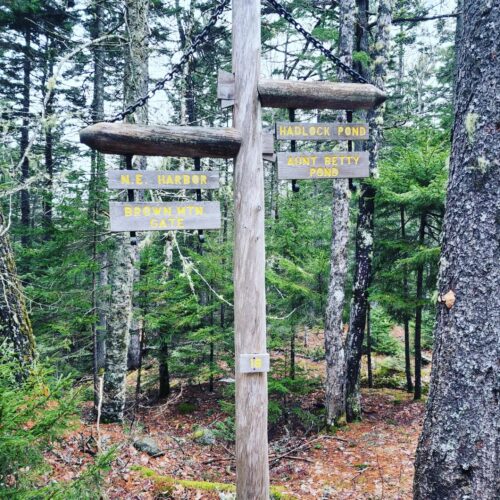











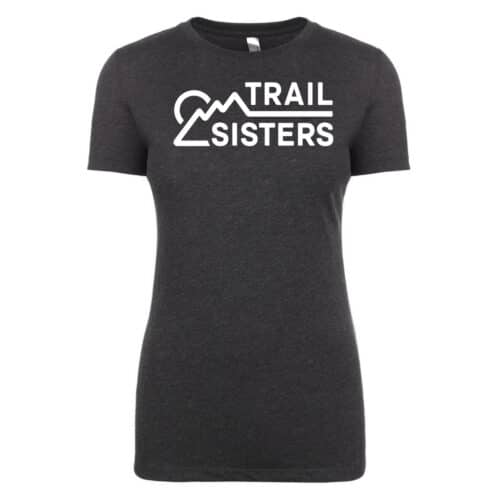
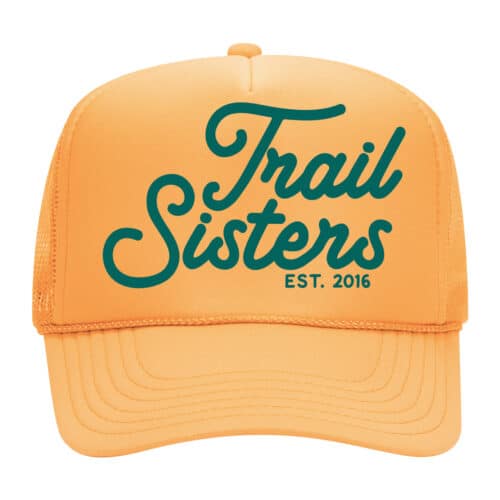
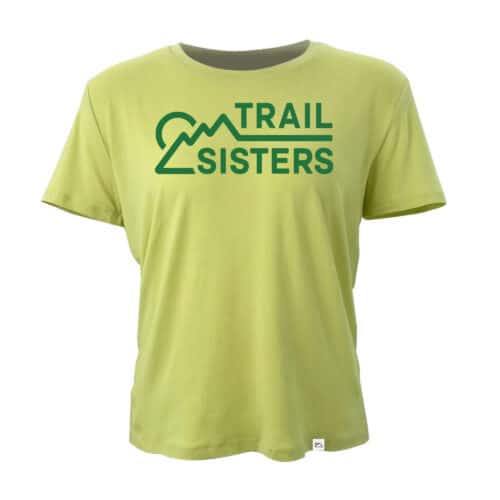
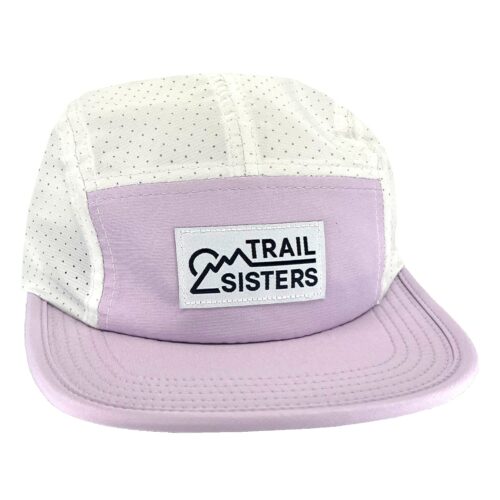
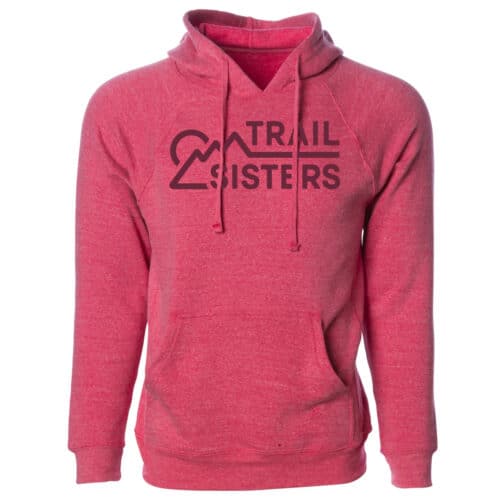

2 Responses
Thanks for writing this & sharing your journey. I see myself in a lot of it…. the back and forth between SAD and vegetarian and vegan. I’m vegetarian now but am concerned about my cholesterol (though it went down a lot when I stopped drinking alcohol) and preventing a reoccurence of breat cancer (ugh). I really appreciate the honesty and vulnerability in this article & I’m inspired to get back to veganism!
Vegetarianism is a good first start but if we’re being honest with ourselves, dairy and eggs have an abundance of cholesterol and saturated fat. So, if we’re trying to lower our cholesterol levels and blood pressure without medication, we will find greater success if we eliminate dairy and eggs from our diets. And I believe the science I’ve read regarding the link with cancers… another reason for a WFPB lifestyle.
I applaud you for giving up alcohol. That, too, can be a touchy subject but there are many who thrive without the use of alcohol. While I didn’t mention it in the article, when I returned to a WFPB diet, I lost the desire to drink my occasional beer/liquor. I still have a very occasional glass of wine, but don’t do well with it, and feel it no longer serves me.
I am so grateful to know that the article resonated with you. I would gently encourage you to give veganism another go. 🤗